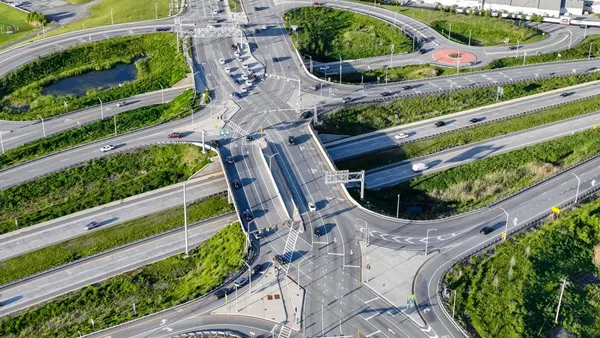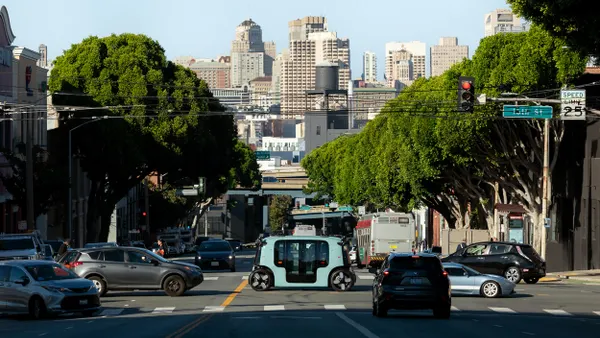Dive Brief:
- The Hawai'i Department of Transportation announced Tuesday it has selected Tritium DCFC to supply 32 electric vehicle chargers funded by the $5 billion federal National Electric Vehicle Infrastructure formula program, or NEVI, in the bipartisan infrastructure law Congress passed in 2021.
- Tritium is the first manufacturer selected to deliver NEVI-funded chargers, but Ohio, Pennsylvania, Alaska, Colorado and the District of Columbia “will soon be following Hawai’i’s lead, finalizing contracts and beginning construction,” Gabe Klein, executive director of the Joint Office of Energy and Transportation, which manages the NEVI program, said in a call with reporters.
- Hawai’i charger installations on Oahu and Maui will be operational by the end of this year, with Big Island and Kauai installations soon to follow, a state official said. But the Hawai’i DOT is still finalizing plans for chargers where power infrastructure is not yet capable of meeting NEVI program requirements for minimum charging capacities.
Dive Insight:
Alongside Tuesday’s first-of-its-kind NEVI announcement, the Joint Office published an annual report detailing accomplishments, risks and challenges for the program.
Transportation electrification plans for all 50 states, D.C. and Puerto Rico were approved last year. The NEVI report finds many states will be able to complete a build-out of chargers across alternative fuel corridors with up to $3.5 billion remaining “for additional capacity or deploying stations in non-AFC locations.”
An additional $2.5 billion in NEVI funding will be available through competitive grants.
The NEVI program aims to fund a network of 500,000 public chargers, but the National Renewable Energy Laboratory estimates 1.2 million public chargers will be required to support 33 million plug-in vehicles on U.S. roads by 2030.
Meeting NEVI requirements can be a challenge for states. To receive funding, charging stations must be located every 50 miles along a designated alternative fuel corridor and within 1 mile of the highway, and they must provide four ports capable of charging at 150 kW.
The Federal Highway Administration, which approved the state plans, granted more than two dozen exceptions to requirements for station spacing or proximity to highways, according to the report. Exceptions were also requested related to cost requirements, equity considerations and grid capacity.
“A majority of the claims for grid capacity provided in the state exception requests were not well articulated, with little to no information from the utility to justify the challenge of delivering sufficient power to the location,” the report said. “Likewise, all exception requests that stated equity as one of the reasons also failed to demonstrate how a proposed alternative location would directly benefit the disadvantaged community.”
Several states “noted that the amount of time needed for utility interconnections, which can average many months (in some cases as many as 9–12 months) will impact deployment,” according to the NEVI annual report. And “many states noted that power supply and communication stability in remote areas and across difficult terrain/extreme weather zones will be a challenge.”
Hawai’i requested five exceptions; two were accepted to allow for greater distance between chargers, three others were withdrawn. The state is still assessing how to deliver power to chargers on Moloka’i and Lana’i, said Ed Sniffen, director of the Hawai’i DOT.
“We're still working with the power providers in those areas to fulfill those requirements and still working with the Joint Office to see how we best provide it without blowing up the grids in those sections,” he said.












